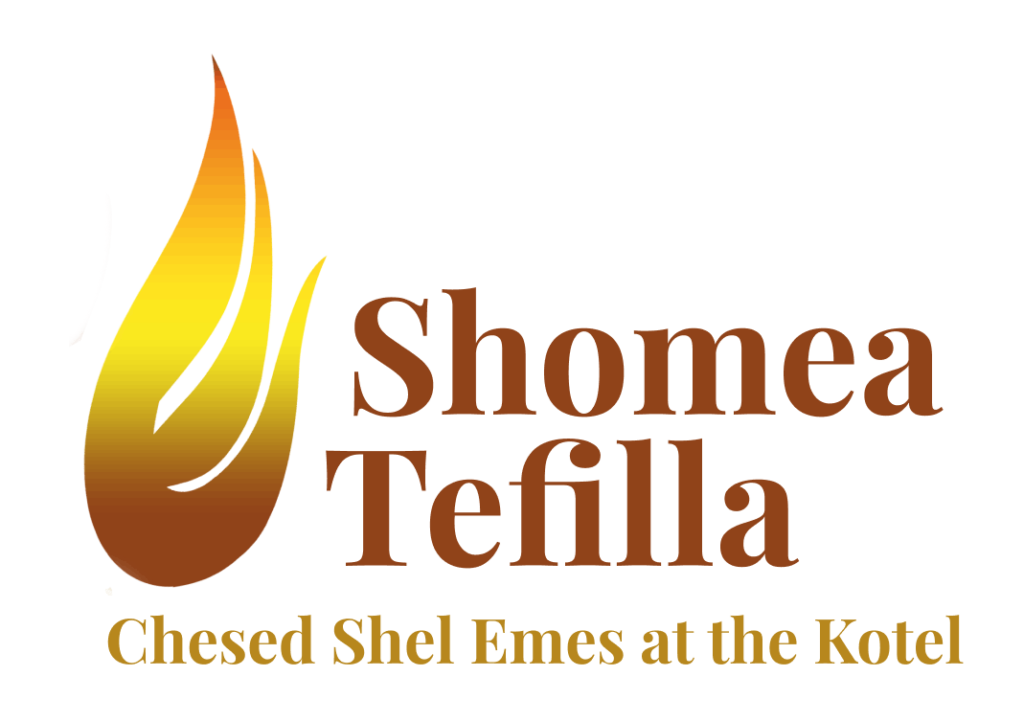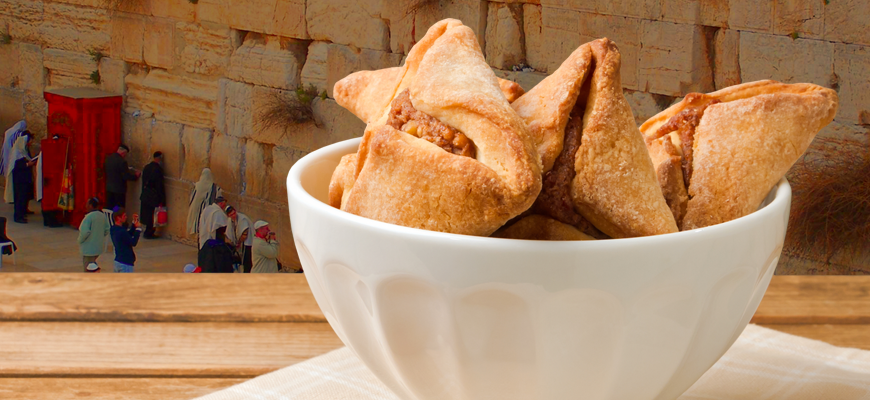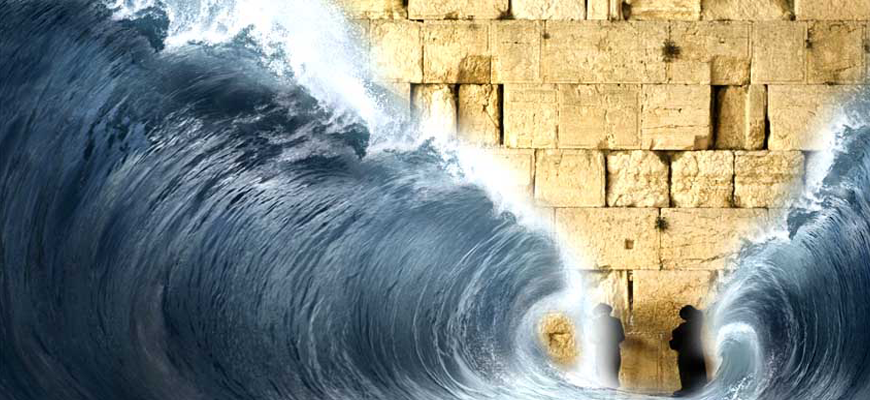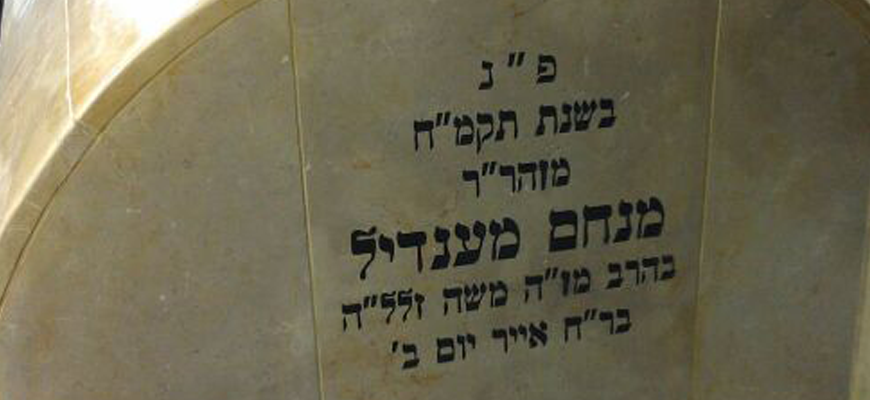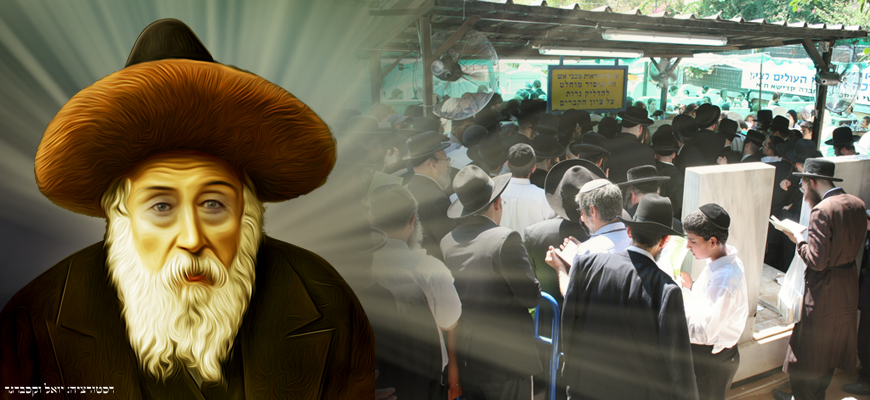The victims of the terrible tragedy in Lag B’Omer 1911 in Meron
On 18th of Iar (May 15) 1911, crowds gathered for the annual revelry at the Rashbi’s grave in Miron. The joy was great and the atmosphere was uplifting. Among the celebrants were guests from jewish communities around the world. The estimated number of celebrants reached for the first time about 10,000 people, the author Yehoshua Bar Yosef describes this in his book “Magic City”:
“Safed has never seen such a crowd… An enthusiasm of joy gripped the residents. Everyone felt that the city had reached the peak of its prosperity, and that the right of the Holy Tana was sufficient for it in material matters and bodily needs, just as it was sufficient for spiritual matters and the needs of the soul.
The tomb complex was full and overflowing with a large crowd that gathered on the roof of the synagogue and prepared for the climax of the revelry – the moment of the lighting. At the appointed time, Rabbi Raphael Dayan, who bought the right to light the first lighting, came to light the fire. The excited crowd erupted into the square in singing and dancing, and a few seconds later, the roof railing collapsed, causing an avalanche of large stones that buried some of the revelers under it. About 100 people who were standing on the roof at the time fell from a height of 8 meters towards the courtyard of the building.
“40 were injured, 7 were killed immediately and the wounded were taken to the Rothschild Hospital in Safed, which was closed due to the lack of a budget and opened specifically to receive the injured. The residents brought bedding and bandages for the wounded from their homes. Reports indicate that the treatment at the Safed Hospital was done with great dedication, but 4 of the injured died later from their wounds. After the incident it was closed again and operated intermittently as a hospital until it was opened in 1918 by the Hadassah organization. Today it serves as the campus of the Safed Academic College.”
The press does not spare harsh descriptions of what happened after the collapse of the roof: “…stones and people fell on the people who were standing below in the yard. They say that one woman was blown to pieces – crushed organs, one man’s body was split in two, and streams of blood washed in the yard like water, they say that one father was standing with his son and daughter downstairs and the daughter died immediately, the father was barely able to get to Safed, and the son was injured all over his body and is lying in the hospital in Safed…”
Testimony of Yosef Galili
This is how Yosef Galili describes the disaster in his book Miron:
“It wasn’t until the sixth day, 24 Iar, that details of the incident, were published in the newspaper.
The one who bought the lighting took the kindling torch and started and scared the people who were standing around him, so that they would move away from him and they pushed each other, lest their clothes be burned by the sparks of the fire.
The push of the crowd was so great that the railing on which the people were leaning, which was seven meters high from the courtyard and which was rickety, was suddenly destroyed and you also the foundations of the roof.
About a hundred people were dragged after the stones and rolled into the yard on top of the crowd that was standing there, also crowded and crowded…
The article stated that the panic was terrible. Everyone was looking for his relative and every woman was looking for her children. Everyone thought and imagined in those terrible moments that all the fallen and those standing below found their grave under the avalanche, for in the great uproar that broke out among the crowd, each man pushed the other. Embarrassingly, not a single doctor was found there who could treat the injured, and there was no one to provide medical aid to the wounded…”
One of the most terrible scenes
The revelry complex at the Rashbi’s tomb was not prepared for a disaster. The organizers did not imagine that a disaster was possible. With the collapse of the building, panic, confusion and helplessness prevailed. The first to come to his senses and start organizing the operation and evacuation was the governor of the district, Efendi Arad. The city doctor provided first aid, but he did not have the means to treat the seriously wounded. Jewish and Arab doctors were called from Safed to treat the injured.
The governor ordered carpenters from the Arab village of Miron to install stretchers from planks to transport the wounded to Safed, three hours away, and paid from the government treasury for each of the porters. The funerals took place later that night and the dead were buried in their clothes near the Rashbi site. “They say that the scene during the burial of the slain was one of the most horrible scenes that a person could imagine.”
The Ha’or newspaper, one of Eliezer Ben-Yehuda’s newspapers, was the first to report on the disaster on May 17, 1911, the day after Lag B’Omer. Later, this newspaper covered the disaster in detail.
Cesed Shel Emes
Among the seven dead there were also four who did not get to leave behind them a children
Mordechai Issar Ben Natan Milner from Safed
Ben Rabbi Moshe Leib of Lodz
Moshe Yosef Ben Simcha Shafer from Safed
Yehudit Bat Zidil Ludmir from Safed
And from here will come the call and the request to all who come to Miron, please spend a few minutes, and remember the memory of those who died in the revelry of the Rashbi and did not get to leave a lasting seed behind them, say a few Mishnayot chapters in their memory, and light a candle on their grave.
